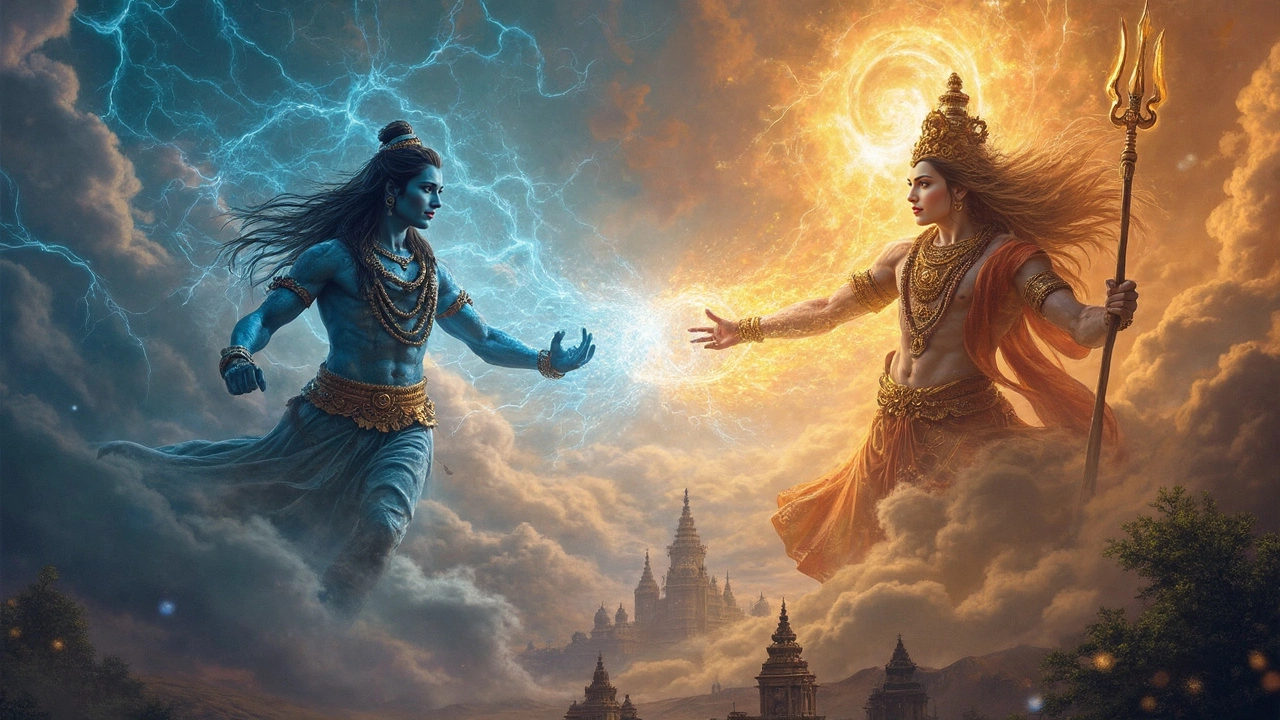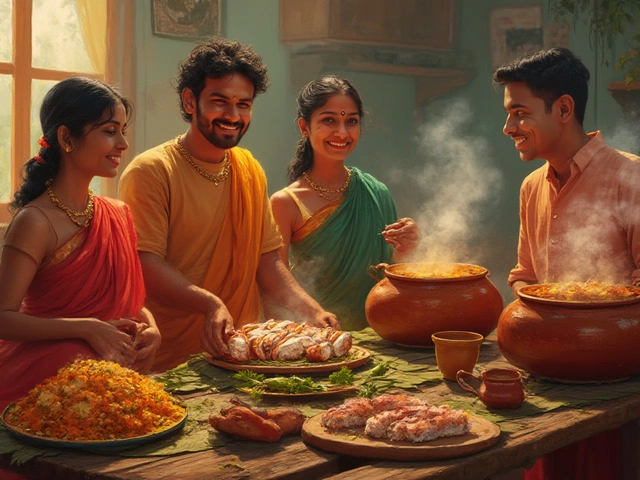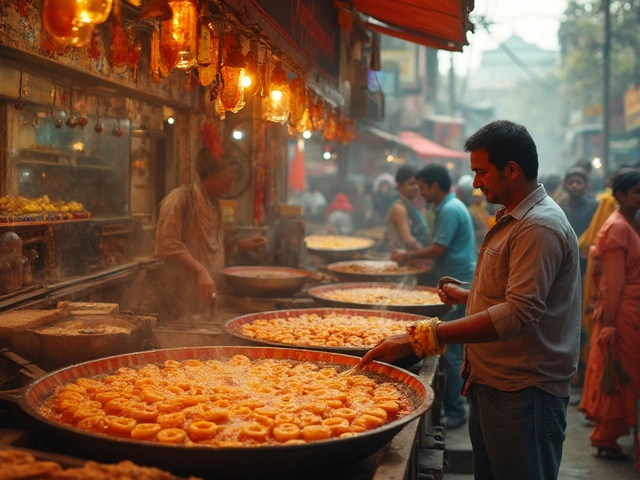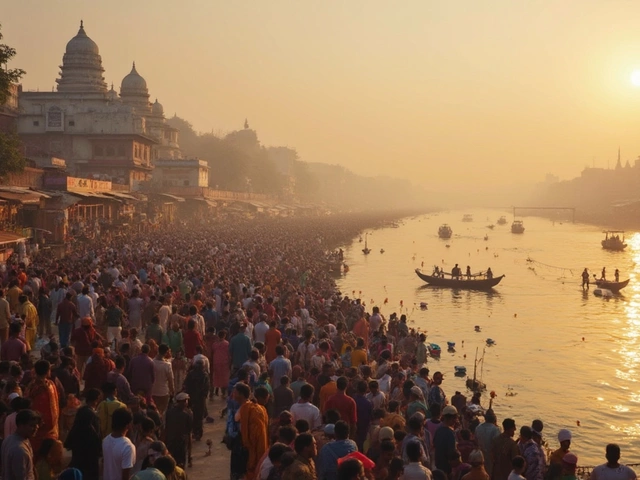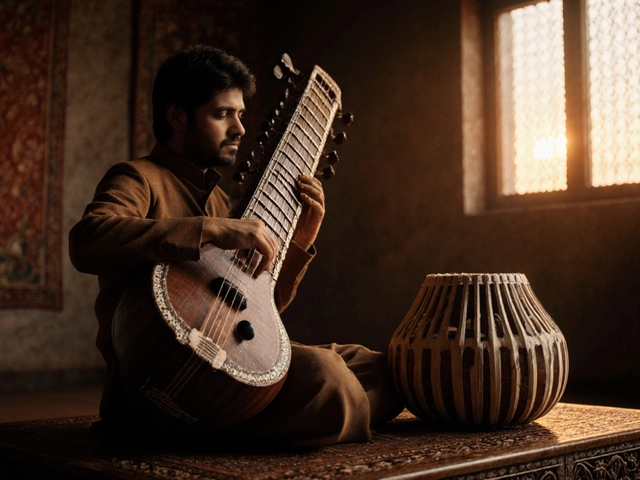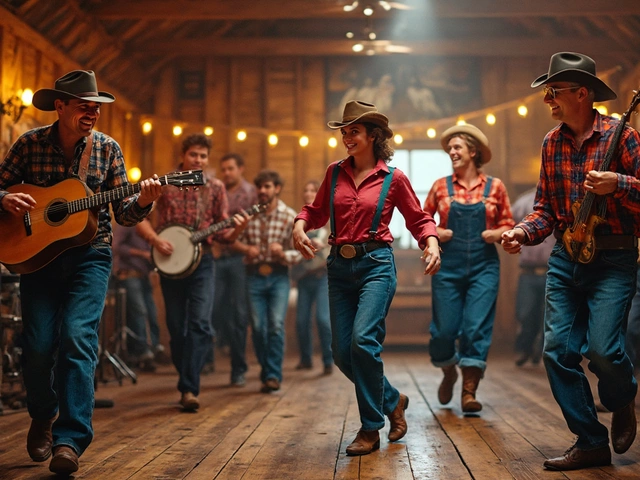Indian Mythology Facts: Truths Behind Gods, Epics, and Ancient Tales
When you hear Indian mythology, a vast system of sacred stories, deities, and cosmic cycles rooted in ancient texts like the Vedas, Puranas, and epics. Also known as Hindu mythology, it’s not just ancient lore—it’s a living framework that shapes rituals, art, festivals, and even how millions understand right and wrong today. Unlike Western myths that often feel distant, Indian mythology is woven into everyday life: from the morning chant of Om to the way families celebrate Diwali or explain why monsoons arrive.
It’s full of surprising gods of India, divine beings with multiple heads, arms, or animal features, each representing forces of nature, morality, or human emotion. Take Shiva—the destroyer who dances on ignorance, holds a trident, and wears a snake as a necklace. Or Ganesha, the elephant-headed god who removes obstacles and is worshipped before any new beginning. These aren’t just symbols; they’re functional parts of spiritual practice. Then there’s the Indian epics, massive narrative poems like the Mahabharata and Ramayana that aren’t just stories but moral encyclopedias. The Mahabharata alone has over 100,000 verses—longer than the Iliad and Odyssey combined. It’s not just about Krishna and Arjuna; it’s about duty, betrayal, karma, and the cost of war. People still quote lines from these epics in courtrooms, boardrooms, and family arguments.
Many think Indian mythology is all about gods and miracles, but the real power lies in its structure. Time isn’t linear—it’s cyclical. The universe gets created, destroyed, and reborn in endless cycles called yugas. There’s no single creation story; instead, there are dozens, each from different regions and traditions. The same goddess Durga is worshipped as a warrior in Bengal and as a gentle mother in South India. These variations aren’t contradictions—they’re adaptations. The myths evolved as communities grew, traded, and merged. That’s why you’ll find serpent deities in Kerala, mountain gods in the Himalayas, and village protectors in rural Maharashtra. These aren’t myths frozen in time—they’re alive, changing, and still answering questions about life, death, and meaning.
You’ll find these Indian mythology facts reflected everywhere—in temple carvings, Bollywood films, Rangoli patterns, and even in the way someone says "Jai Shree Ram" or "Har Har Mahadev." The stories aren’t relics. They’re tools. They teach patience, courage, humility, and the consequences of pride. The next time you see someone lighting a diya or offering flowers to a deity, remember: they’re not just following tradition. They’re engaging with a 4,000-year-old conversation about what it means to be human.
Below, you’ll find real articles that dig into these stories—not as folklore, but as living culture. From the origins of sacred symbols to how ancient tales still shape modern rituals, you’ll see how deeply these myths run through India’s skin.
